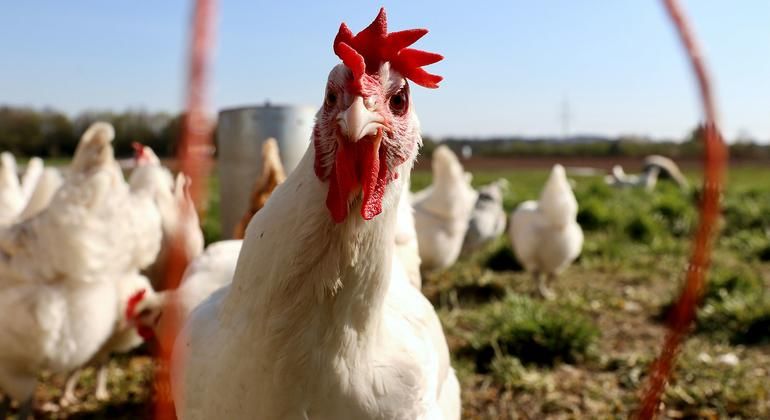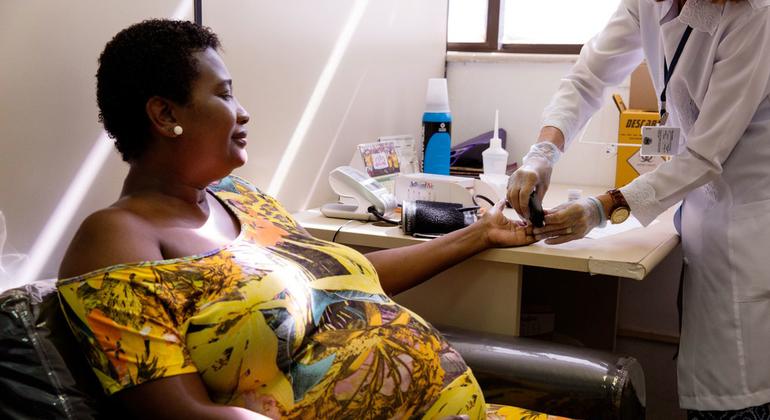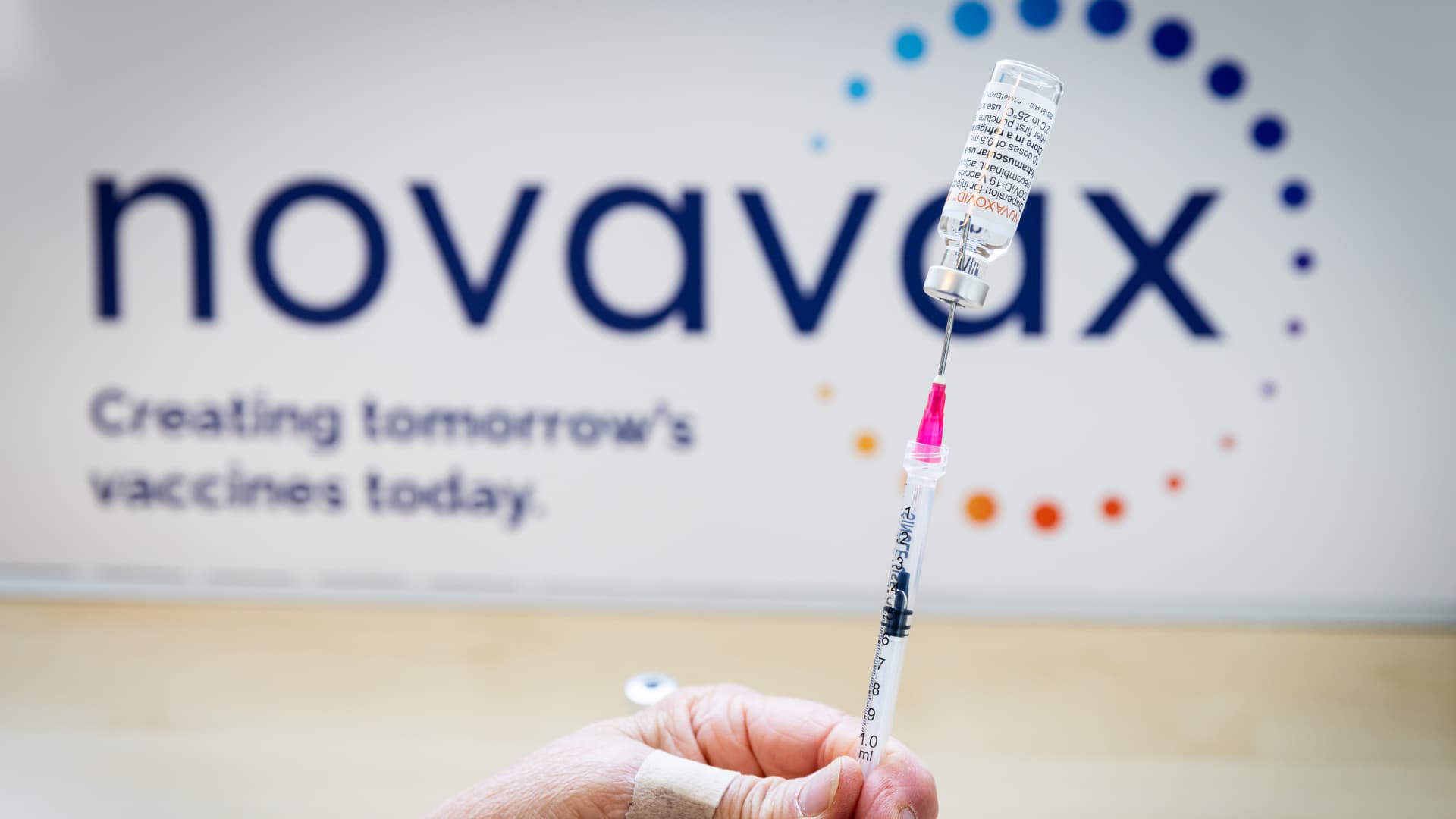So far, one human case has been reported in the United States since the outbreak of bird flu among the millions of dairy cattle across the country. At least 220 people are subject to monitoring and at least 30 have been tested.
“However, many more people have been exposed to infected animals.“And it is important that all those exposed are tested or monitored and receive care if necessary,” Tedros Adhanom Ghebreyesus, Director-General of the World Health Organization (WHO), said in his regular press conference.
“So far, the virus shows no signs of having adapted to spread among humans, but more surveillance is needed,” he urged.
Pasteurization kills the virus.
The WHO chief also said that although the virus has been detected in raw milk in the US, “Preliminary tests show that pasteurization kills the virus.”.
“WHO's standing advice in all countries is that people should consume pasteurized milk,” he noted.
Pasteurization is a process of heat treatment of milk that reduces the number of possible pathogenic microorganisms to levels where they do not represent a significant health hazard. It also extends the shelf life of milk.
“Low” public health risk
Tedros also noted that, according to available information, The WHO continues to assess that “the risk to public health posed by H5N1 avian influenza is low”and low to moderate for people exposed to infected animals.”
He added that the organization has a global influenza monitoring system, through a network of centers in 130 countries, seven Collaborating Centers and 12 reference laboratories with the capabilities and biosafety requirements to confront the H5 viruses.
“We also have the Pandemic Influenza Preparedness Framework to support the rapid development and equitable distribution of vaccines in the event of an influenza pandemic,” he said.
Spread of H5N1
In recent years, H5N1 has spread widely among wild birds, poultry, land and marine mammals, and now dairy cattle.
Since 2021, 28 human cases have been reported.although no person-to-person transmission has been documented.
The outbreak in the United States has so far infected 36 dairy herds in nine states.












